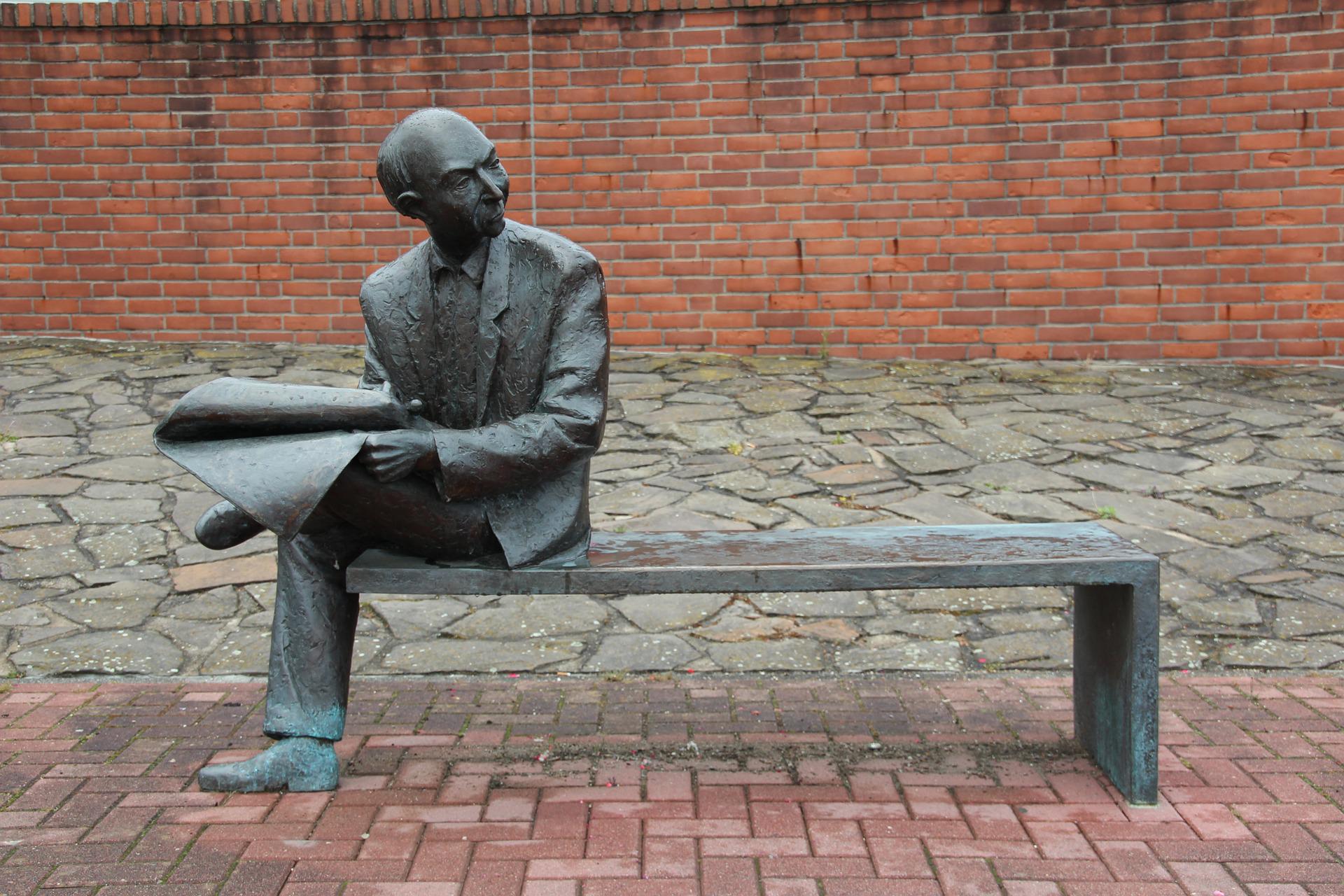Using the Human Body & the Workforce to Power Transmissions
A series of weekly outside-the-box news stories and the lessons they hold for recruiters, by TAtech CEO Peter Weddle. A special feature of the TAtech Professional Member program, free for HR/TA leaders and professionals.
Okay, the article is a little geeky, but its message is profound. The next step in wireless technology – what the cognoscenti are calling 6G – will use both a wireless form of fiberoptics to transmit messages AND the human body to recycle the “waste energy” from those transmissions to power other devices being worn on our bodies. Yikes!
The fiberoptic technology is called Visible Light Communication (VLC). Basically, it conveys information through flashes of light. We still have a way to go before VLC is commercially viable, but apparently it is already known that the technology leaks energy when it transmits messages. So, one of the problems that has to be solved before it can enter the market is figuring out what to do with that excess energy.
A professor at UMass Amherst and one of his graduate students seems to have found the answer. They figured out that a tiny copper device in contact with the human body was able to offload the unneeded energy. In fact, it could both collect the energy and using the body as an antenna send it off to power such devices as on-body health monitoring sensors.
Even better, the device could take just about any wearable shape – ring, belt or necklace. After a series of experiments, however, the researchers determined that the optimal form was a small bracelet of copper wire worn on the upper forearm. So, here’s the future: we’ll all have much more potent and dependable cellphones and rely on our own bodies to help us acquire even more capabilities from the world around us.
What Insight Does This Development Offer Recruiters?
The metaphor, of course, is fairly obvious. And it’s not a new idea. Recruiters have long sought to harness the power of their organization’s own body – its workforce – to expand their capabilities in the talent market. By tapping their fellow employees’ networks and contacts, they can go from being a recruiting team of one or two or even ten or twelve, to a deployed force of hundreds, sometimes even thousands of worker-sourcers.
That’s what referral programs are all about, right? Incent employees to identify prospective candidates among friends and professional connections and, at least in some cases, even do some preliminary work to warm them up about moving to another organization. It’s a win-win-win kind of idea. The employee receives some sort of payment, benefit or perk; their contact has a chance to move on to a better career opportunity; and the employer fills one of its openings.
There’s just one problem with the scenario. It’s missing the copper wire. The energy source. Many organizations mistake the payment, benefit or perk as the power in the process. And in limited cases and for a limited period of time, it might in fact catalyze worker participation. But not for long. The energy in such a transactional approach almost always wears off, and the referral program grows moribund.
So, what is the copper wire? What can power an organization’s workforce to meaningful and sustained participation in sourcing new hires? The engagement level of employees. The higher that level – the better they understand, respect and are committed to the organization’s vision and work – the stronger their zeal in bringing others in the door. Whether it’s through a formal referral program or an occasional request of employees, the successful transmission of an organization’s employment value proposition depends upon the power of its workers’ passion. You might even call it the 6G of recruitment.
Food for Thought,
Peter
If you’ve enjoyed this edition of “What Caught My Eye,” read some of my other posts at the TAtech Blog.
Peter Weddle is the author or editor of over two dozen books and a former columnist for The Wall Street Journal. He is also the founder and CEO of TAtech: The Association for Talent Acquisition Solutions. You can download his latest book – The Neonaissance – FOR FREE at OneStoryforAll.com. And, if you don't have time to read the entire book, just download a short excerpt of his inspirational message.

